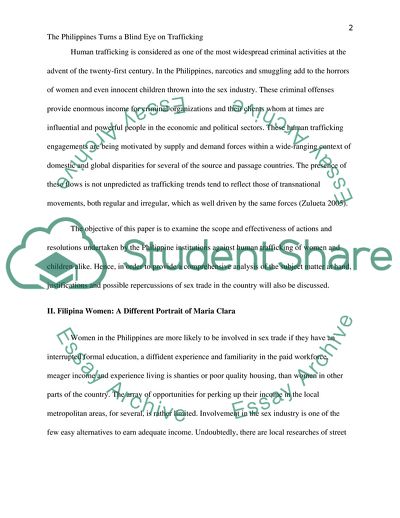Cite this document
(The Philippines Turns a Blind Eye on Trafficking Term Paper, n.d.)
The Philippines Turns a Blind Eye on Trafficking Term Paper. https://studentshare.org/social-science/1720260-trafficking-in-persons-the-philippines-turns-a-blind-eye
The Philippines Turns a Blind Eye on Trafficking Term Paper. https://studentshare.org/social-science/1720260-trafficking-in-persons-the-philippines-turns-a-blind-eye
(The Philippines Turns a Blind Eye on Trafficking Term Paper)
The Philippines Turns a Blind Eye on Trafficking Term Paper. https://studentshare.org/social-science/1720260-trafficking-in-persons-the-philippines-turns-a-blind-eye.
The Philippines Turns a Blind Eye on Trafficking Term Paper. https://studentshare.org/social-science/1720260-trafficking-in-persons-the-philippines-turns-a-blind-eye.
“The Philippines Turns a Blind Eye on Trafficking Term Paper”. https://studentshare.org/social-science/1720260-trafficking-in-persons-the-philippines-turns-a-blind-eye.


